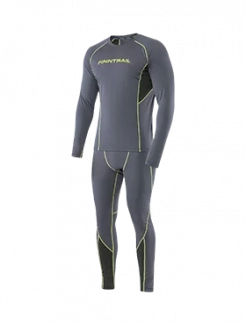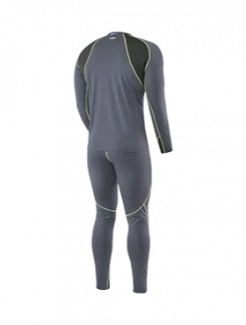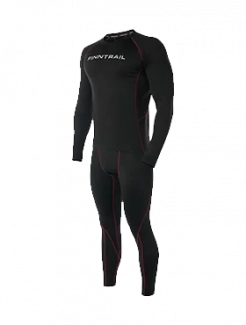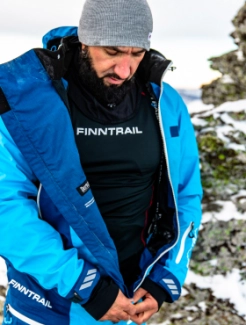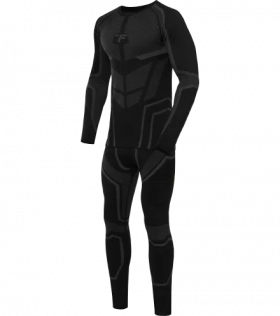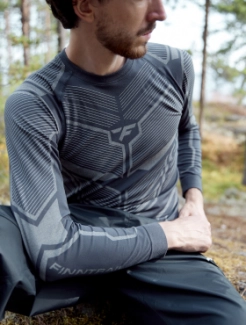Deep Snow Snowmobiling: How to Choose the Right Sled
When winter covers the mountains and forests with layers of untouched powder, it’s time for true deep snow snowmobiling. Riding in these conditions is an incredible experience — but it requires the right machine. A snowmobile for deep snow isn’t just about power; it’s about flotation, handling, and control in unpredictable terrain. Whether you’re carving through mountain slopes or exploring backcountry trails, choosing the best snowmobile for deep snow ensures you stay safe, confident, and ready for adventure.
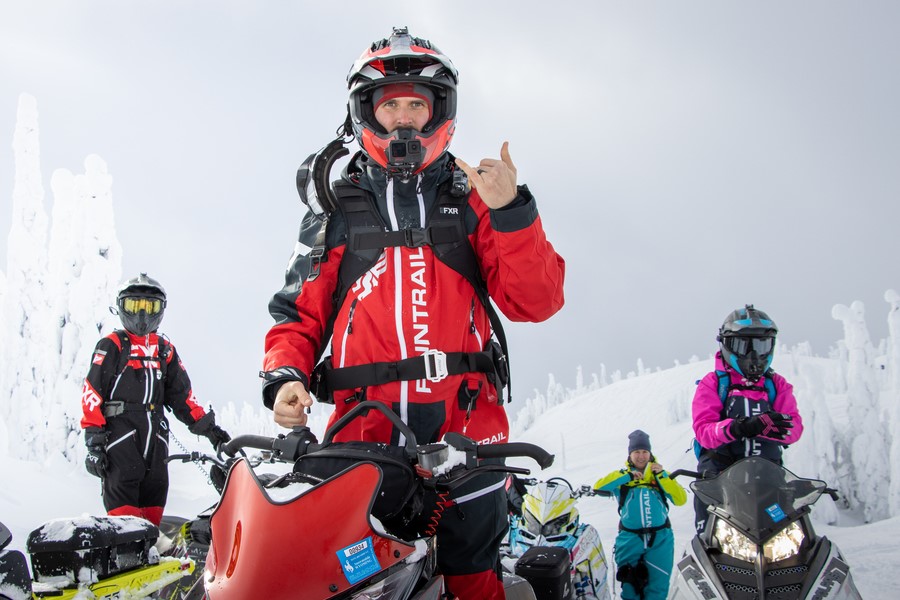
What Makes a Snowmobile Good for Deep Snow?
Not all sleds are built to perform in waist-deep powder. A deep snow snowmobile must deliver maximum flotation, lightweight agility, and strong traction to keep you above the snow instead of sinking into it.
Key features include:
-
Long track length: tracks between 154" and 175" help increase surface area, improving lift and stability.
-
Deep lug track: lugs between 2.25" and 3" dig into soft powder and give the sled superior traction when climbing steep slopes.
-
Lightweight chassis: less weight means better maneuverability when carving or sidehilling.
-
High-power engine: strong torque helps maintain momentum in heavy snow conditions.
-
Narrow front end: improves precision and reduces drag when turning or sidehilling.
Models designed for mountain or backcountry use, like from Ski-Doo, Polaris, and Lynx, combine all these features for maximum performance.
The Best Snowmobiles for Deep Snow
Manufacturers build dedicated deep snow models for riders who crave untracked powder. Let’s look at some examples inspired by industry leaders.
Ski-Doo Summit Series
The Summit lineup is often regarded as one of the best snowmobiles for deep snow. With a lightweight REV Gen5 platform and Rotax engines, these sleds provide instant response and smooth power. The narrow design and long tracks make carving through deep powder effortless.
Polaris RMK Series
Polaris mountain sleds, like the PRO RMK and RMK Khaos, are engineered for maximum agility and precision. Their Matryx platform and strong power-to-weight ratio make them among the best for riders who love steep climbs and quick maneuvers.
Lynx Shredder DS
The Lynx Shredder DS delivers aggressive handling and Finnish durability. Designed specifically for backcountry exploration, it’s often called the best deep snow utility snowmobile for those who want both power and reliability.
How Deep Does the Snow Have to Be to Snowmobile?
While it’s possible to ride in as little as 6 inches of snow, snowmobiling usually starts around 12–18 inches (30–45 cm). However, to fully enjoy backcountry powder rides, you’ll want at least 2–3 feet (60–90 cm) of soft snow.
Keep in mind that the snow base below the powder layer also affects traction. Hard-packed snow underneath deep powder makes it easier for your sled to stay afloat and prevents the track from digging in too deep.
How to Ride a Snowmobile in Deep Snow
Riding in deep snow requires a different approach than cruising on packed trails. It’s all about balance, throttle control, and momentum.
-
Keep your momentum: once you stop in deep snow, it’s harder to start again. Maintain steady throttle to stay afloat.
-
Shift your weight: move side to side to control direction and balance. This helps when carving or avoiding getting stuck.
-
Avoid sudden braking: stopping abruptly can cause your sled to sink. Instead, ease off the throttle and let the snow’s resistance slow you down.
-
Learn to carve: by leaning and applying throttle, you can “surf” the snow — a skill that separates experienced deep snow riders from beginners.
-
Plan your turns: use wide, smooth arcs instead of tight turns to keep momentum in deep powder.
These techniques make riding the for trail and deep snow riding fun and controlled, even in challenging terrain.
Trail vs. Deep Snow Snowmobiles
Trail sleds are optimized for hard-packed routes, speed, and comfort. In contrast, snowmobiles are all about agility and flotation. If your adventures take you both on groomed trails and into the mountains, look for hybrid models — which combine a narrower ski stance and a medium-length track for all-around performance.
Hybrid examples include:
-
Ski-Doo Backcountry
-
Polaris Switchback Assault
-
Lynx Xterrain RE
These sleds offer versatility, allowing you to switch between trail cruising and backcountry exploration without compromise.
Maintenance Tips for Deep Snow Riders
Your sled works harder in deep snow — meaning proper care is essential for longevity and performance.
-
Inspect your track and lugs for wear or tears after each ride.
-
Check your clutch and drive belt to ensure smooth power transfer.
-
Clean the cooling system regularly, as powder snow can block airflow.
-
Lubricate suspension and steering components to prevent freezing.
-
Store your snowmobile properly between rides to avoid moisture buildup.
These simple maintenance steps keep your snowmobile ready for the next powder-filled adventure.
The Thrill of Deep Snow Snowmobiling
There’s nothing quite like the rush of carving through untouched snow with a mountain backdrop. With the snowmobile in deep snow, every turn becomes effortless, every climb thrilling, and every ride unforgettable.
Whether you prefer high-performance models like the Ski-Doo Summit or the Polaris RMK, or versatile sleds built for both trail and backcountry, the key is to match your machine to your terrain and riding style.
Once you find the right snowmobile, the backcountry becomes your playground — pure freedom, endless powder, and the power to explore where few dare to ride.
The best deep snow snowmobile is light, powerful, and built to float. Choose wisely, maintain it well, and master your riding technique — and you’ll unlock the ultimate winter adventure in deep, untouched snow.

